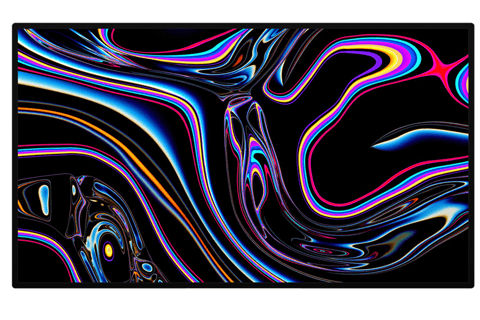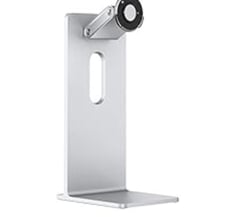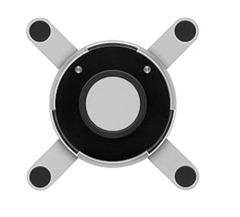Apple Studio Display: Standard Glass vs. Nano-Texture Glass
Choosing Clarity


Display Quality
Both variants share an expansive 27-inch 5K Retina display with 600 nits of brightness, supporting one billion colors and boasting a P3 wide color gamut. The visual clarity and color accuracy on both models are exceptional, making them ideal for creative professionals who demand precision.
Camera and Audio Features
The 12MP Ultra Wide camera with Center Stage enhances video calls, providing a more engaging and dynamic experience. The three-microphone array ensures crystal-clear calls and voice recordings. Furthermore, the six-speaker sound system with Spatial Audio elevates the auditory experience, creating an immersive environment for multimedia consumption.
Connectivity and Power
Both models feature one Thunderbolt 3 port and three USB-C ports, offering versatile connectivity options. Notably, the Studio Display provides 96W of power delivery, allowing users to conveniently charge their Mac notebooks while using the display.
Adaptive Sync and Tilt Adjustment
The inclusion of Adaptive Sync technology ensures smooth and tear-free visuals, enhancing the overall viewing experience, especially for gaming or video playback. Additionally, the tilt adjustment feature allows users to customize the display angle for optimal comfort, catering to a variety of preferences.
Stand Options
In the world of cutting-edge displays, Apple's Studio Display stands out with its 27-inch 5K Retina display, promising an immersive visual experience. This professional review will delve into the differences between the two available variants: the Standard Glass model and the Nano-Texture Glass model.


The Nano-Texture Glass variant takes the visual experience a step further by reducing glare and reflections. This feature is particularly beneficial for professionals working in environments with challenging lighting conditions, enhancing focus and reducing eye strain.
Conclusion
In summary, both the Apple Studio Display with Standard Glass and Nano-Texture Glass deliver an outstanding visual and auditory experience. The choice between the two ultimately depends on individual preferences and specific use cases. The Nano-Texture Glass variant, with its anti-glare technology and configurable stand option, may be particularly attractive to those seeking a more tailored and glare-free workspace. Whether you opt for the Standard Glass or Nano-Texture Glass, the Apple Studio Display stands as a testament to Apple's commitment to delivering top-notch quality in the realm of professional displays.
Nano-Texture Glass
One key differentiator between the two models is the stand. While the Standard Glass variant comes with a built-in stand, the Nano-Texture Glass model offers a configurable stand option: the VESA Mount Adapter. This allows users to mount the display to a wall or arm, providing greater flexibility in positioning.




